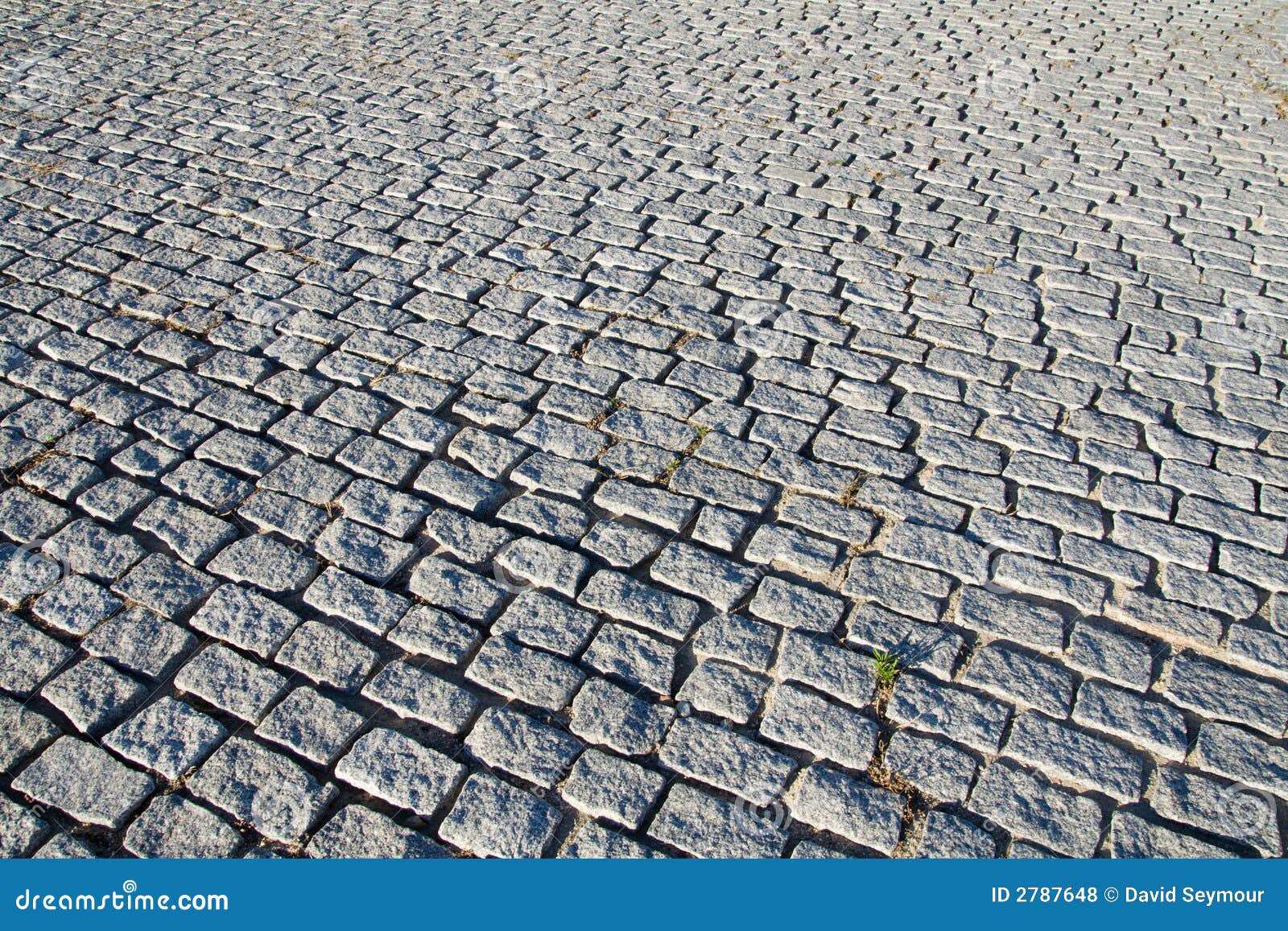

However, cobblestones are often retained in historic areas, even for streets with modern vehicular traffic. Ī cobblestone lane in the Old Town (Senamiestis) in Kaunas.Ĭobblestoned and "setted" streets gradually gave way to macadam roads, and later to tarmac, and finally to asphalt concrete at the beginning of the 20th century. A cobbled area is known as a "causey", "cassay" or "cassie" in Scots (probably from causeway). Most surviving genuinely old 'cobbled' areas are in reality pitched surfaces. Such pitched paving is quite distinct from that formed from rounded stones, although both forms are commonly referred to as 'cobbled' surfaces. Pitched surfaces predate the use of regularly-sized granite setts by more than a thousand years.

This was known as a 'pitched' surface and was common all over Britain, as it did not require rounded pebbles. In England, it was commonplace since ancient times for flat stones with a flat narrow edge to be set on edge to provide an even paved surface. They gave a smoother ride for carts than cobbles, although in heavily used sections, such as in yards and the like, the usual practice was to replace the setts by parallel granite slabs set apart by the standard axle length of the time. Setts were relatively even and roughly rectangular stones that were laid in regular patterns. The word cobblestone is often used to describe such treatment. In England, the custom was to strew straw over the cobbles outside the house of a sick or dying person to dampen the sound.Ĭobblestones set in sand have the environmental advantage of being permeable paving, and of moving rather than cracking with movements in the ground.Ĭobblestones were largely replaced by quarried granite setts (also known as Belgian block ) in the nineteenth century. The fact that carriage wheels, horse hooves and even modern automobiles make a lot of noise when rolling over cobblestone paving might be thought a disadvantage, but it has the advantage of warning pedestrians of their approach.

Shod horses are also able to get better traction on stone cobbles, pitches or setts than tarmac or asphalt. It has the additional advantage of immediately draining water, and not getting muddy in wet weather or dusty in dry weather. It prevents the build-up of ruts often found in dirt roads. Paving with cobblestones allows a road to be heavily used all year long. A cabriolet on wet, slippery London cobblestones in 1823.Ĭobblestones are typically either set in sand or similar material, or are bound together with mortar.


 0 kommentar(er)
0 kommentar(er)
